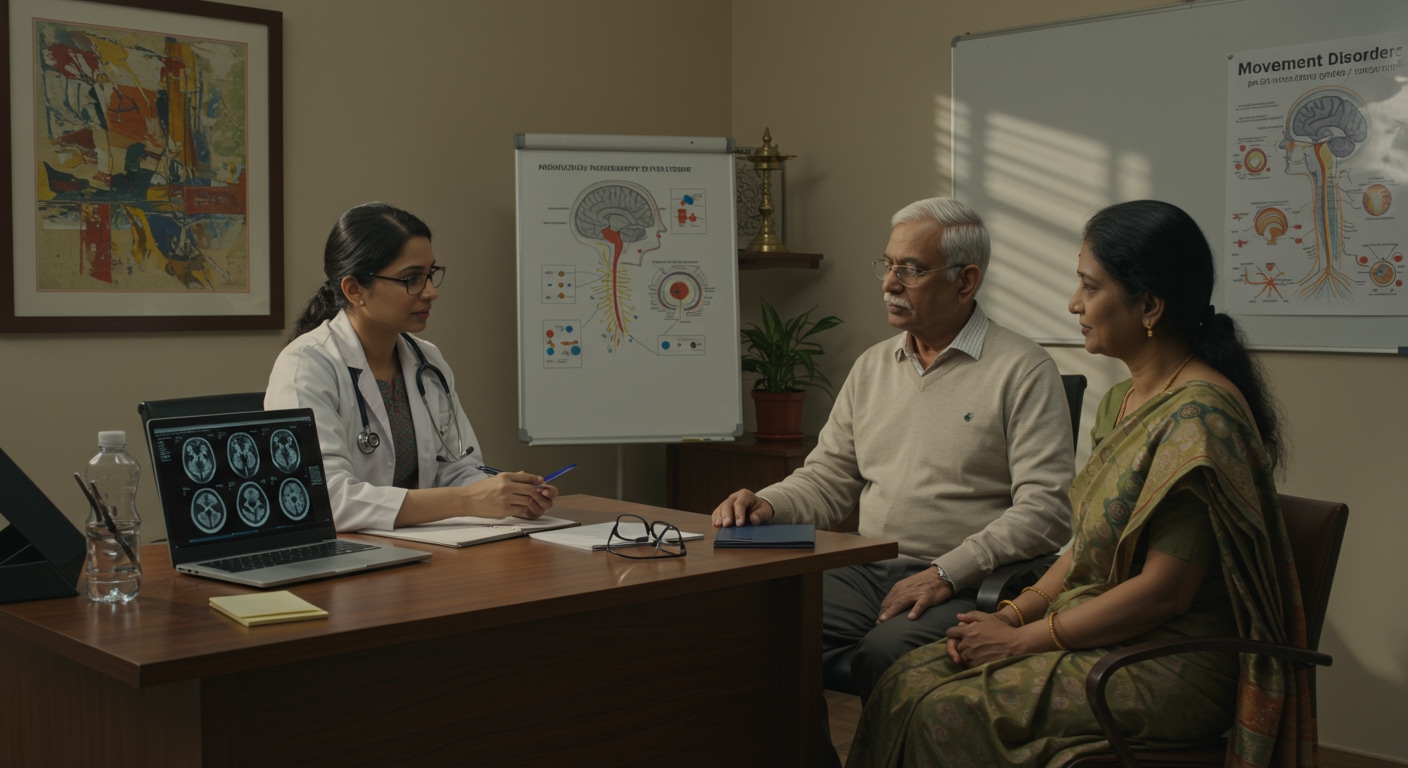What is a Movement Disorder?
A movement disorder is a condition that affects how your body moves. It can cause slow, fast, or shaky movements. Sometimes, it can make it hard to control your muscles. Movement disorders can affect people of all ages. However, they are more common in older adults. The term “movement disorder” covers many different problems, such as tremors, tics, and stiffness. According to the World Health Organization (WHO), these disorders can impact daily life and independence.
Common Symptoms of Movement Disorders
Movement disorders can show up in many ways. Some symptoms are easy to notice, while others are mild. For example, you might see:
In addition, some people may have trouble speaking or swallowing. These symptoms can change over time. But, they may get worse if not treated.
Causes and Risk Factors
There are many causes of movement disorders. Sometimes, the cause is not known. However, common causes include:
Age can also be a risk factor. For instance, older adults are more likely to develop some movement disorders. But, children and young adults can be affected too.
How Movement Disorders are Diagnosed
Doctors use several steps to diagnose a movement disorder. First, they ask about your symptoms and medical history. Next, they may do a physical exam. Sometimes, tests like brain scans (MRI or CT) or blood tests are needed. In some cases, doctors may refer you to a specialist, such as a neurologist. Early diagnosis helps with better treatment and management.
Treatment Options
Treatment depends on the type of movement disorder and its cause. Common treatments include:
Doctors often use a team approach. This means different specialists work together to help you feel better.
Lifestyle Tips and Prevention
While not all movement disorders can be prevented, healthy habits can help. For example:
In addition, regular check-ups can help catch problems early. If you have a family history of movement disorders, talk to your doctor about your risk.
When to See a Doctor
If you notice new or unusual movements, do not ignore them. For instance, see a doctor if you have:
Early treatment can make a big difference. Therefore, always seek medical advice if you are worried about your movements.
Consult a healthcare professional for personalized advice on movement disorders.

